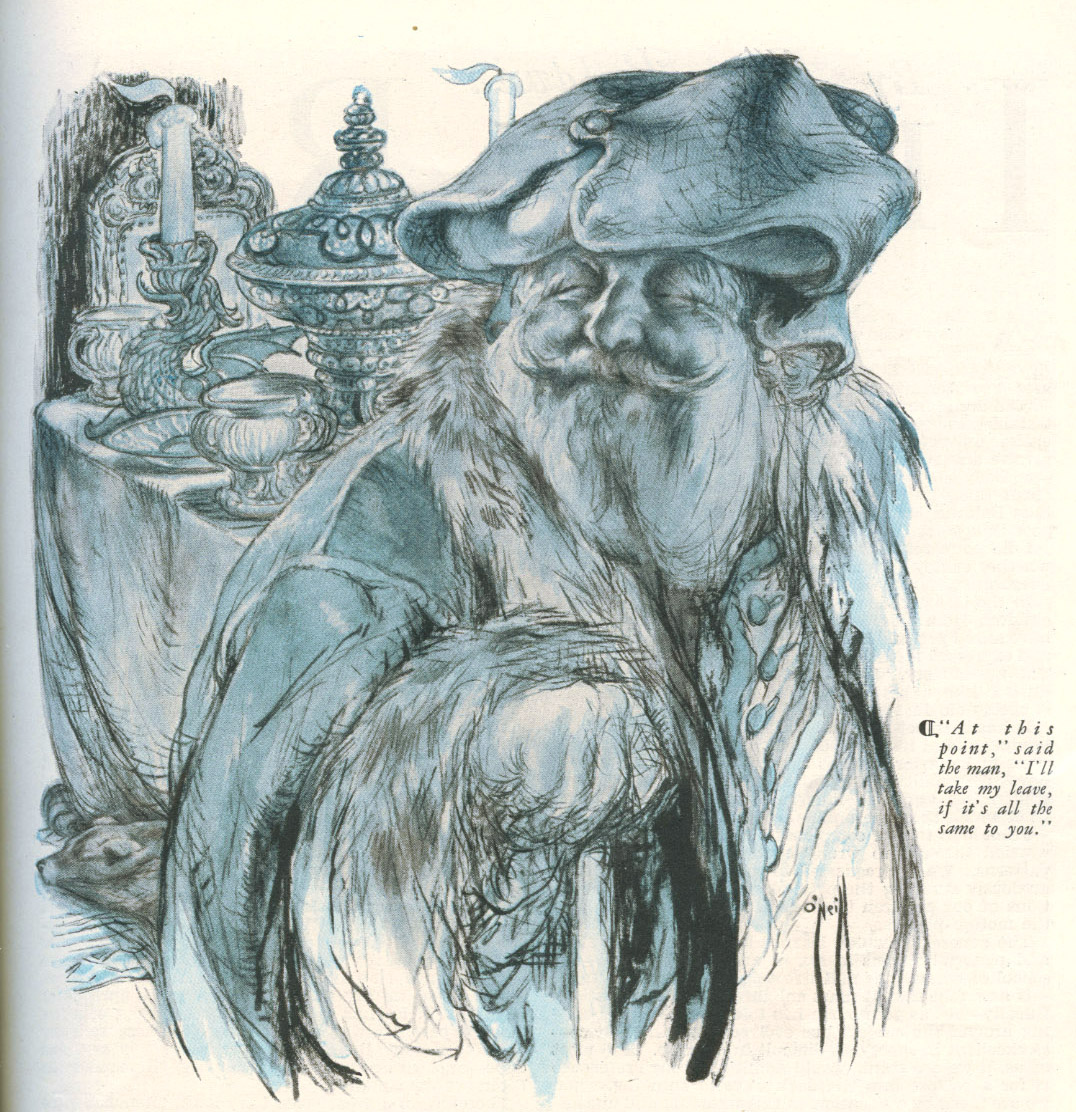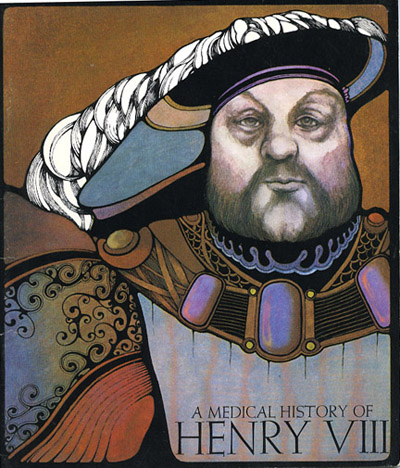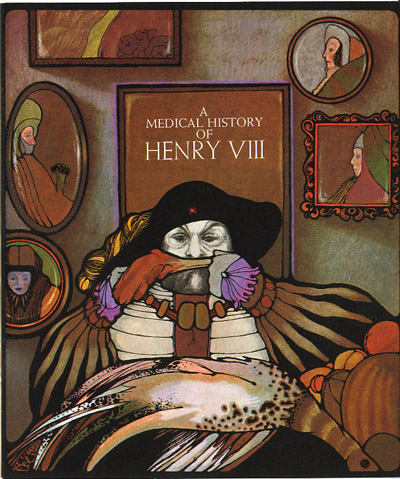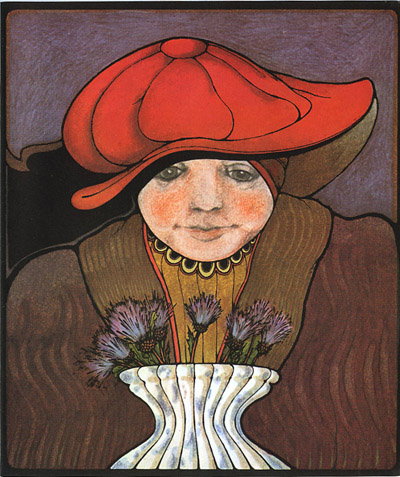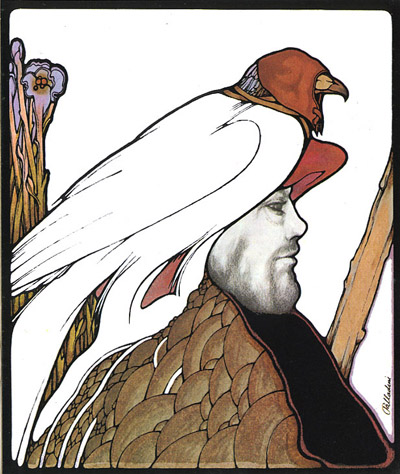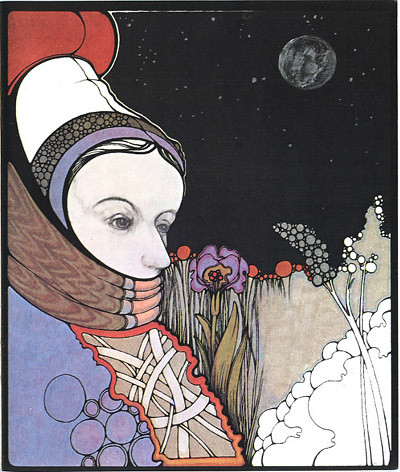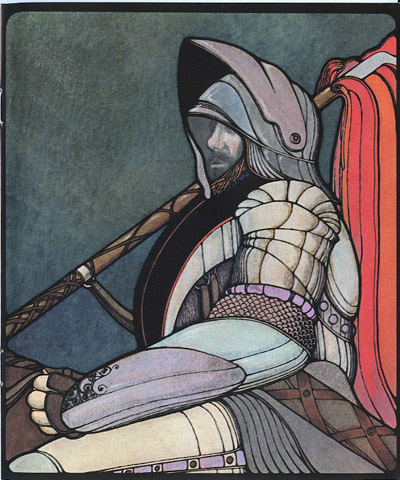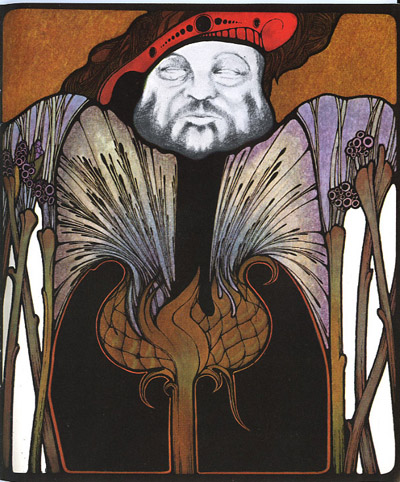Sometimes I just don't find anything. Put a name into a search and nothing much shows up. So okay, this is going to save me time. I'll just post this image to share and move on with what's left of my day and the real work I need to be doing.
Click on image to see it larger.
The cover is self-explanatory. Delineator, February 1915. I thought it appropriate for all the kids who stayed home today because of a snow day. It also reminds me of the scene in A Christmas Story when Ralphie beats up the neighborhood bully.
I'm not finding biographical information about the artist, Charles Archibald MacLellan, other than he was born in 1885 in Trenton, Ontario, Canada. He lived in Delaware and was known for doing illustrations of children. His teacher was Howard Pyle. He exhibited at the Pennsylvania Academy of the Fine Arts, and was apparently a student at the Brandywine School and the School of the Art Institute of Chicago. He is known for his cover illustrations for the Saturday Evening Post and he worked in oil paints. That's it folks. No death notice, but I'm figuring we can gather from his date of birth he's no longer here. If I ever find anything else I'll update this post.
To see examples of his
Post covers click
here and
here.
That's it for today's Tattered and lost Ephemera break.
_______
UPDATE: On November 30, 2010 I received the following biographical information about Charles A. MacLellan from his niece:
Uncle Charlie lived in a studio apartment in Wilmington, DE for many years. I believe it is now headquarters for some sort of an artists' group. Perhaps the address is 1305 Franklin Street. About 15 years ago I sent the artists' group a post card (or letter) from Howard Pyle indicating agreement to rent the place to Uncle Charlie.
Uncle Charlie died in October 1961 and a service was held at a local Presbyterian Church. He was cremated and his ashes were scattered by several ladies in the artists' organization.
My two sisters and I were his heirs. My mother, Marjorie MacLellan Dawson, was executor of his will.
He was a very, very funny man - very proper and irreverent at the same time.
Thank you! I love finding out more about the man who did this wonderful painting.
_______
UPDATE: on August 27, 2011 I received the following information in a comment from Ian Schoenherr said...
You can see some c.1911 photos of MacLellan taken in Howard Pyle’s studio in the Olive Rush Papers at the Archives of American Art.
He appears in photos 17 (on the left), 19 (on the right), and 20 (on the left).
Thank you Ian!
UPDATE: The following biographical information was submitted anonymously to the comments section. Whoever sent it along, thank you.
Charles Archibald MacLellan, known as “Mac”, was born in Canada in 1885. He attended Chicago’s Art Institute School for about two and a half years before accepting a position at an engraving house.
While in Chicago, MacLellan illustrated several magazine covers, designed stained glass windows, created advertisement posters, and did newspaper sketches for the Chicago Examiner.
In 1909, he relocated to Wilmington, Delaware, where her studied with legendary illustrator Howard Pyle. At that time, MacLellan began painting calendars and established a highly successful illustration career that lasted through the first half of the twentieth century.
MacLellan is best known for his cover paintings for The Saturday Evening Post. Between 1913 and 1936, he painted forty-four covers, making him one of the most prolific Post cover illustrators of his day. MacLellan specialized in painting women, and nearly all of his cover illustrations feature a woman as the central, and often only, subject.
By the late 1930s he turned to portrait painting and also spent more time acquiring antique furniture on behalf of the Winterthur Museum in Delaware.
MacLellan taught at the Studio, in Howard Pyle’s old studio in Wilmington, Delaware, from 1943 until his death in 1961.


























.jpg)




